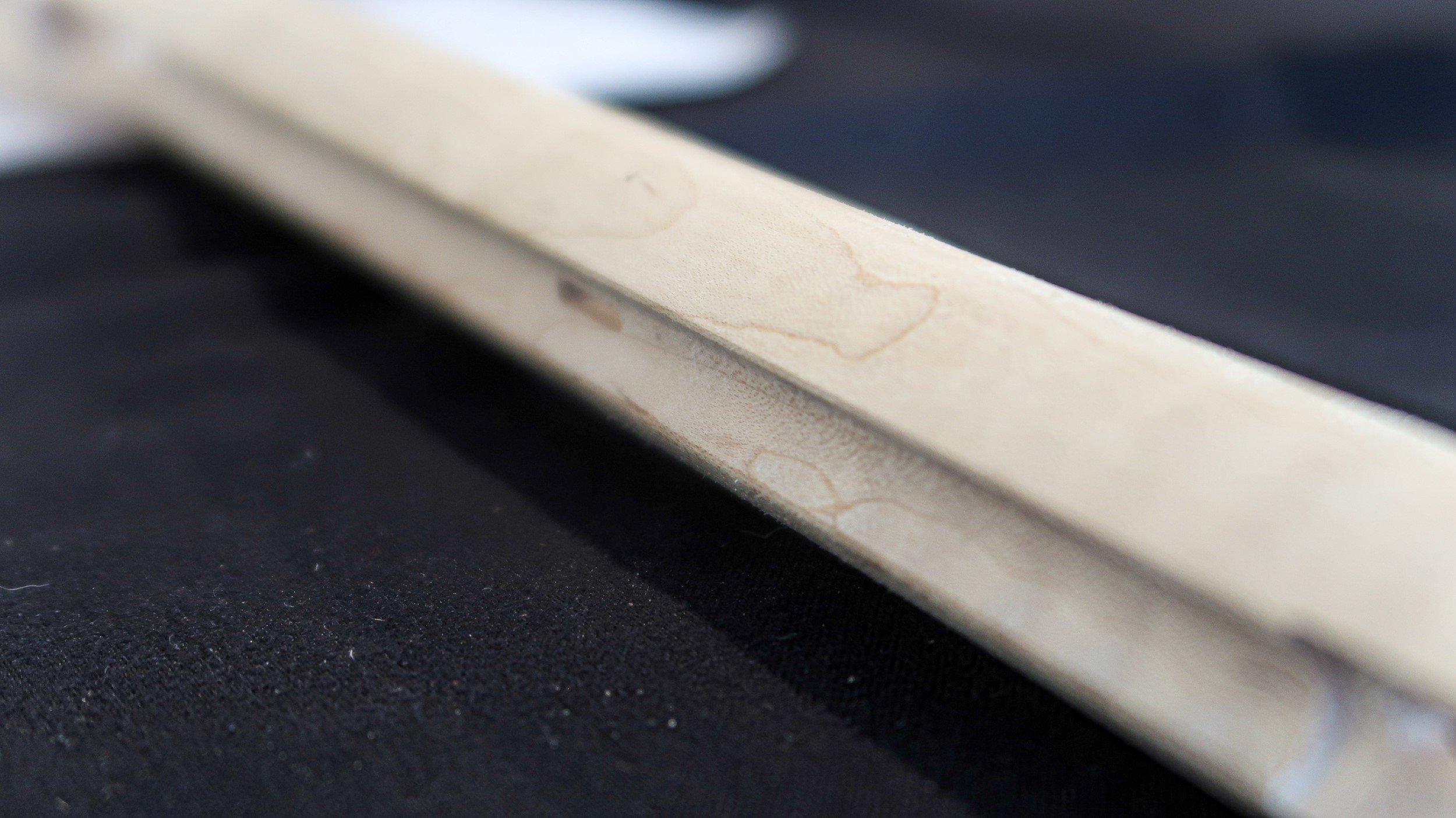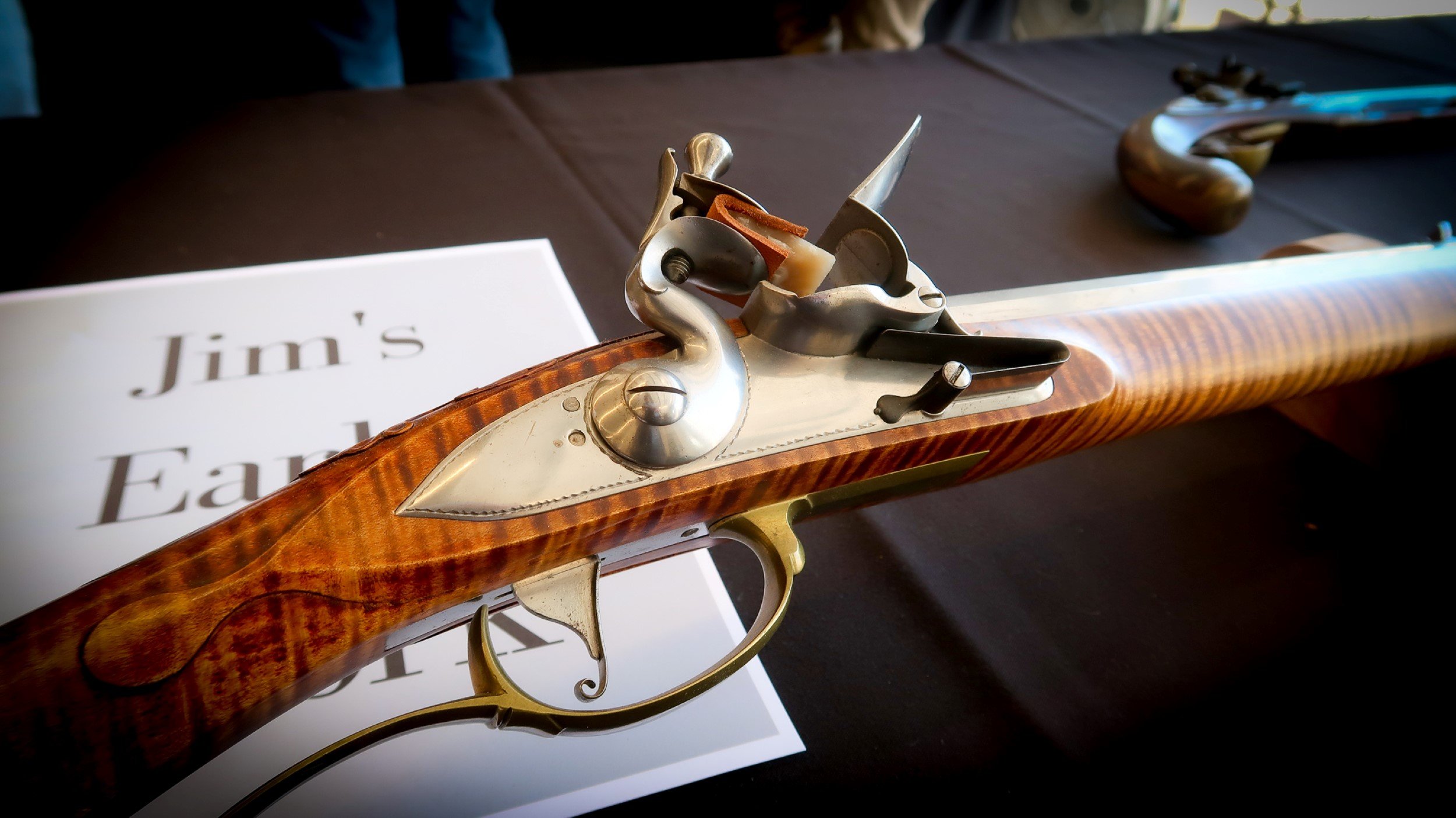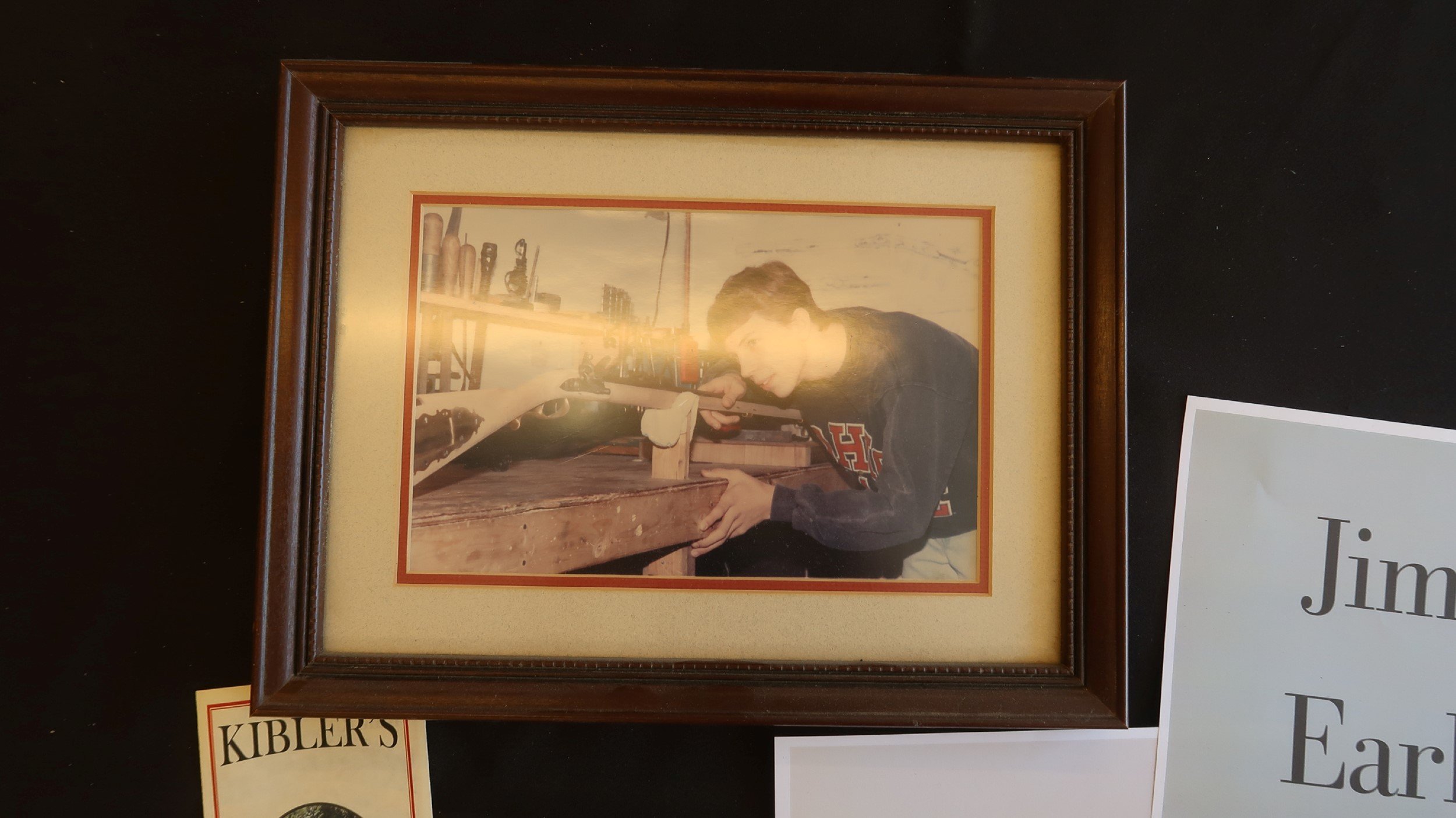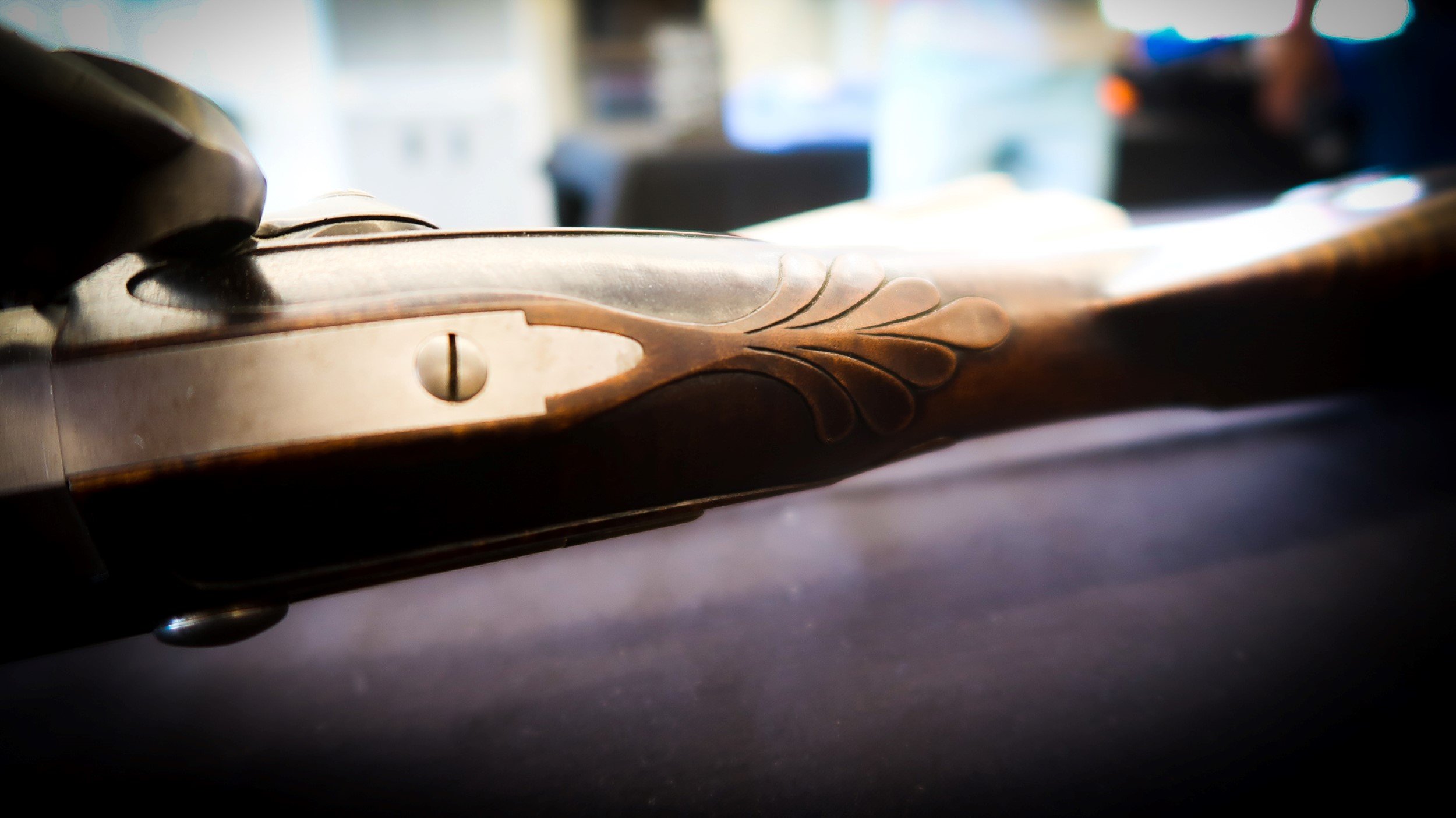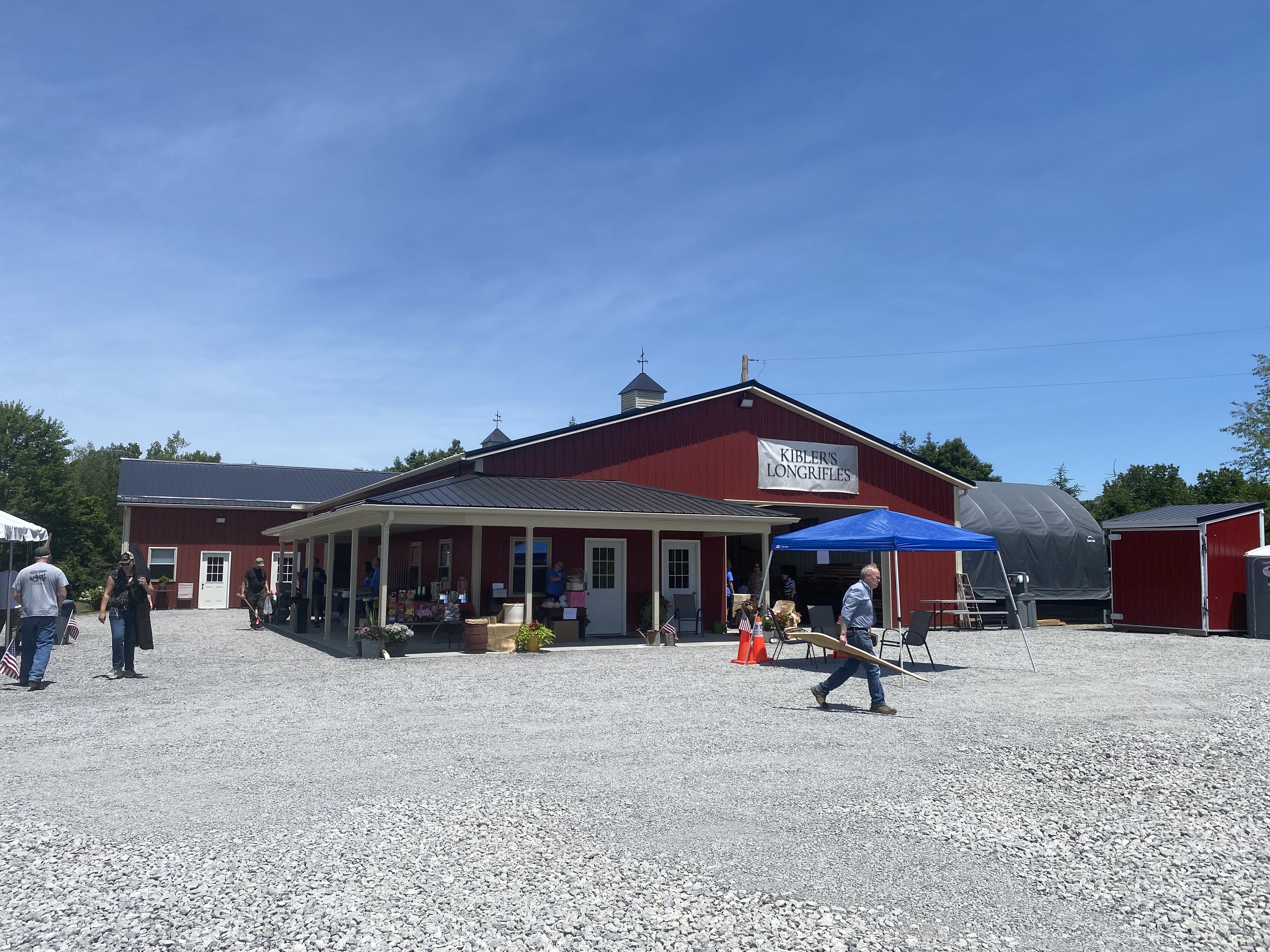Visiting the Jim Kibler Open House 2022 | Event Tour
Jim Kibler held his first “Open House” in June 2022. I wasn’t planning on going earlier in the year, with gas prices at a lifetime high and a newborn at home I had written the event off hoping for a return next year. That was before my father expressed interest in going and agreed to split the gas going out and back. We set out before dawn on a crisp Saturday morning and spent the next 6 hours driving east.
Arriving around 11 am, an hour after the event opened, we were welcomed by a crowd of Kibler fans from the local area and the rest of the eastern United States. I thought we may have had the longest driver, but on feller drove all the way from Illinois, nearly 10 hours he said.
Being interested in the production of the Kibler Kit, I got in line for the tour right out the gate. There was a line of about 15 people and after waiting in line for about 10 minutes, the line stretched to over 40. Understandably, there were no pictures allowed on the tour. Jim and his team have worked hard to develop these processes so it makes sense they’d like to keep them private for a while longer. As we stepped into the shop, it felt a bit like Jurassic Park or Willy Wonka’s Chocolate Factory. Machines were humming, workers bustled, and muzzleloader parts were piled as high as the ceiling.
We started at the stock shaping area. Log slaps are brought into one end of the shop to finish drying and be cut into rough stock blanks on a massive band saw. From there, a cutting guide is glued to the side of the stock blank before it is set on a CNC router for shaping. I don’t know much about the technical abilities of this machine, but when looking at it you can tell Jim has done some fine-tuning to it to get the results he does. The machine looks like it could be one of the first CNC woodworking machines made, its big bulky exterior doesn’t look like it could shape the finer angles of a longrifle stock, and yet it does. This is one of the first machines Jim purchased when designing the first kits for the business and it still runs today. On the day we visited the machine was running a batch of Southern Mountain Rifle stocks.
Although this machine was one of the first, Jim is already looking to take the next step with stock production. To the right sits a shiny new HAAS 5 axis machine. The work area inside the machine is lit by bright white LEDs and it’s nearly silent as it shapes the stock for the new Kibler Woodsrunner. This machine looks like it should be making medical implants or precision engine parts but it’s replicating a 150 stock pattern with incredible precision.
“The goal with the Woodsrunner is for the customer to have to do no woodworking at all”, says Macen. Macen is a young man giving us the tour as Jim gets some food after a busy morning. He doesn’t look like he could be over 25 but he was Jim’s first employee and now supervises several areas of production. Later I would be able to see a test Woodsrunner stock up close, the Kibler’s aren’t kidding about there not needing to be any woodworking. When the woodsrunner stock leaves that machine it looks like’s it’s been shaped and sanded. Gone are the CNC mill lines you can sometimes find on the Southern Mountain Rifle or the Colonial, this thing is ready to snap together immediately.
Currently, a stock takes 2-3 hours to machine out of the blank, the new 5-axis machine takes that time down to less than 2 hours. Some work is still needed when it comes to the programming, but the team is confident they will get there. Until now, Jim has been doing all the programming himself. With a dedicated programmer now on staff, Jim will be able to think more on the business and product development.
While the production feels large to fans of Kibler, the shop is actually fairly tight. Just across from the stock shaping machines we can see several employees assembling locks and as we cross the shop we can see some barrels being shaped and then a set of offices where orders are taken and wax masters are made.
Macen has spent a lot of time with the wax masters. The Kibler team makes all their wax masters in-house based on their own designs before sending them out to be cast at several foundries. The master molds are on display and we can see how each of the parts is made.
As we made our way out of the working area of the shop, you could see a computer with some CAD software open, almost as a teaser - its model was unidentifiable, perhaps the next kit? Only time will tell. The line for the tour has only gotten longer, more people fill the shop now as they chat, shop, and share their enthusiasm for not only Kibler’s products but muzzle loading in general. Free lunch was provided for the event, talk about a kind gesture! While grabbing a plate I was stopped by several folks who also love muzzleloading, something I truly enjoy about coming out to events like this. To eat my lunch I grabbed a seat with Willie and Chase from the Garland Ridge Runners in Pennsylvania. We swapped stories and I got to hear about the fun they have at their club up by Erie. They host monthly matches as well as some small rendezvous to get out and enjoy the outdoors.
The rest of the afternoon was filled with oogling some of Jim’s pieces and hearing about how the last two years have treated the business. Katherine took some time to chat with me and it was great to hear from her as Jim talked with customers and took a break, his optivisor still attached to his head.
I wanted to share something I learned from this trip, it’s not about the next kit, the production or anything, but it stood out to me as something I hadn’t realized. You see, when talking with muzzleloading enthusiasts it’s easy to see the Kibler kit as a go-to for any young person wanting to save up for a quality longrifle. Some more traditional builders critique Kibler on this, saying the products are “too easy” to put together, but as I was at the shop I noticed something - consistently all through the day there were guys in their 70s and 80s in the shop. I remarked on how nice it was to see them and then Katherine said this,
“About 30% of our customers are new builders, people building their first muzzleloader, but another large section is older enthusiasts who might not have the strength they once did and still want to be involved”
As important as it is to continue to build muzzleloaders “From the blank” as they have been built for generations, that will never change- isn’t it also important that we have products like the Kibler rifles that make muzzleloading accessible for the young AND the old? I think so.
Admittedly, I wasn’t thinking about this before but it’s been on my mind ever since my trip to the Kibler shop - accessibility in muzzleloading, making sure that regardless of age and skill level, people who want to be involved can. I’m ashamed to say I hadn’t thought about it much before, but I will continue to be an advocate for it where I can be.
I’m a fan of the Kibler product line and the folks behind the business, it’s no secret, and I hope that you are too. And if the kits aren’t your kind of thing, or the tech isn’t your kind of thing, I hope the message of affordability and accessibility in muzzleloading is something you can take with you as we all work to continue the great tradition of muzzleloading.

